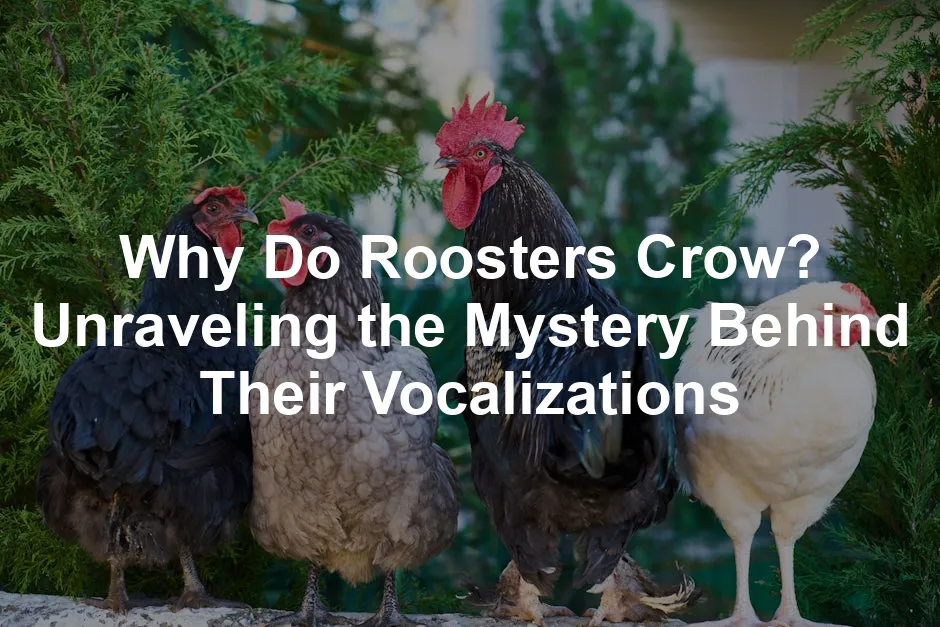
Why Do Roosters Crow? Unraveling the Mystery Behind Their Vocalizations
Introduction
Rooster crowing is a familiar sound on farms, often heralded as the dawn chorus. Yet, this vocalization holds more weight than merely waking us from our slumber. Roosters, those regal feathered kings, crow for various reasons, reflecting their roles within the flock and the farm environment. You might wonder, is it really just about the dawn? Or is there more to the crowing than meets the ear? This article will unravel the mystery behind these vocalizations, putting an end to any misconceptions. Rooster crowing is not just a morning alarm; it’s a communication tool, a territorial claim, and a social signal. Throughout history, roosters have symbolized vigilance and the arrival of a new day. They are woven into cultural narratives, serving as icons in literature, art, and even weather vanes. Their crowing can stir curiosity and affection among chicken enthusiasts and contribute to the charm of rural living. By understanding why roosters crow, we can appreciate these birds more deeply. It’s not just about keeping chickens; it’s about enhancing the overall experience of farm life. In the following sections, we will explore the fascinating reasons behind rooster crowing, debunk popular myths, and highlight their vital roles on the farm. So, let’s get crowing!Summary
In this article, we will cover several intriguing points about roosters and their crows:- Understanding Roosters: Learn what defines a rooster and where it sits in the chicken hierarchy.
- Key Reasons for Crowing: Discover the primary motivations behind a rooster’s crowing, including territoriality, communication, and social interactions with hens and fellow roosters.
- Crowing Timing: Gain insights into when roosters tend to crow, influenced by their internal circadian rhythms and environmental cues.
- Cultural Views: Examine how roosters and their crowing have been perceived across different cultures, revealing their symbolic significance.
- Fun Facts and Myths: Uncover entertaining tidbits and debunk common myths surrounding rooster behavior and vocalizations.

The Science Behind Crowing
The Rooster’s Internal Clock
Roosters are notorious for their crowing, which isn’t just a morning ritual. Their internal clock plays a crucial role in this behavior. Roosters have a natural circadian rhythm, a biological clock that regulates their daily activities. This clock governs their sleep-wake cycles and impacts when they crow. It prompts them to announce the dawn, even before the sun rises. Fascinating, right? Studies have shown that roosters can crow at consistent times, regardless of external light conditions. Researchers placed roosters in environments with constant dim light. Surprisingly, these birds adapted, crowing at the same time daily, demonstrating their internal clock’s influence. Their body’s rhythm persists even when deprived of traditional cues like sunlight. Other environmental factors also affect crowing patterns. For example, noise levels, the presence of other roosters, and even temperature can trigger different crowing responses. Roosters may crow more frequently in response to disturbances or changes in their surroundings. Hence, their crowing is a mix of instinct and environmental interaction.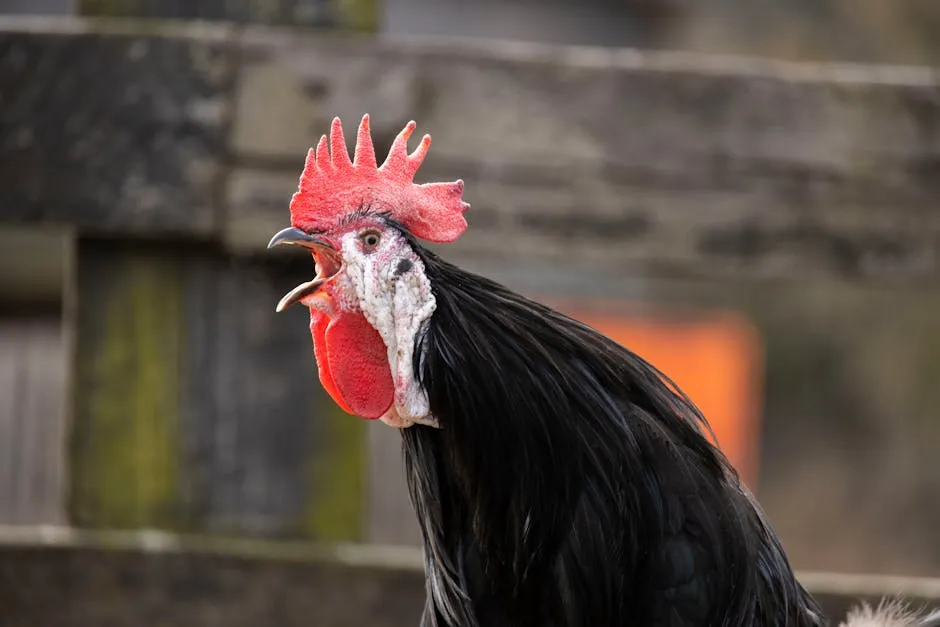
Why Do Roosters Crow?
Territorial Claims: Roosters crow to establish their territory. This vocalization signals dominance and warns other roosters to keep their distance. When a rooster crows, it’s like a bold announcement: “This is my space!” It’s not just a mere noise; it’s a declaration of possession. Crowing helps maintain the social order within the flock. In a flock with multiple roosters, the hierarchy is clear. The dominant rooster typically crows first, asserting his rank. Other roosters wait their turn, ensuring that everyone knows who’s in charge. This behavior helps prevent conflicts and keeps the peace among the birds. Crowing also serves a practical purpose. It alerts hens to the rooster’s presence, which is vital for mating. When a rooster crows, it’s not just about noise; it’s about ensuring his genetic legacy. He’s broadcasting his fitness, hoping to attract hens for mating. Communication: Roosters have quite the vocal repertoire. Their crows aren’t all the same; each variation communicates different messages. For instance, a rooster may use a loud crow to signal danger, alerting his flock to potential threats. This high-pitched crow can send hens scurrying for cover. Additionally, a softer crow might simply express contentment or call hens to food. Roosters often crow after discovering treats, signaling to their flock, “Come and feast!” This behavior fosters a sense of community among the hens, as they gather around the rooster. Interestingly, roosters also communicate with one another. When multiple roosters are present, they often engage in vocal exchanges, crowing back and forth. This social interaction helps them establish their territory and maintain relationships within the flock. So, while roosters may seem like loud alarm clocks, their crowing is rich with meaning. It’s a blend of territorial claims and communication, showcasing their roles as leaders in the flock. The next time you hear a rooster crow, remember: it’s not just noise; it’s a lively conversation about life in the coop!The Different Types of Crows
Morning Crows
As the sun begins to peek over the horizon, the morning crowing ritual kicks off. Roosters are nature’s alarm clocks, and their crowing is a time-honored tradition steeped in significance. These vocalizations often start an hour before dawn, announcing the arrival of a new day. Each crow sounds like a confident proclamation, a proud declaration that says, “Wake up, world! Here I am!” The morning crow serves multiple purposes. For one, it helps to establish the rooster’s territory. In a world where every feathered friend is vying for attention, a rooster’s crow is a bold statement. The louder and more persistent the crow, the more dominance it conveys. Morning crows can also act as a social cue for hens. They signal that it’s time to rise, stretch, and get ready for the day ahead. Interestingly, morning crowing is not solely driven by external light cues. Roosters possess an internal clock that influences their crowing patterns. Studies show that even in constant dim light, roosters will still crow at their usual time, demonstrating their remarkable internal rhythm. Thus, while the sun’s rays play a role, it’s clear that the crowing ritual is deeply rooted in the rooster’s biology. Their crow is a blend of instinct and routine, marking the beginning of daily life on the farm.
Daytime Crows
During daylight hours, roosters continue their vocal performances, showcasing a variety of calls that serve different functions. These daytime crows can be categorized into social calls, territorial claims, and alarm signals. Each type of crow conveys a distinct message, making the rooster a master communicator. Social calls often occur when roosters interact with their hens. These crows invite hens to come and feast when delicious treats are found. Imagine a rooster strutting around proudly, crowing softly to draw attention to the bounty he’s found. It’s almost like he’s saying, “Ladies, come and get it!” This behavior encourages flock cohesion as hens rush to gather around their feathered leader. Territorial crows, on the other hand, serve a more assertive purpose. When a rooster spots a potential intruder, whether it be a wild animal or another rooster, he’ll belt out a loud, commanding crow. This crow warns others to keep their distance and establishes his domain. It’s a call of authority, making it clear that this territory is off-limits to outsiders. Finally, danger calls are a crucial aspect of a rooster’s daytime repertoire. When a threat is perceived, a rooster will issue a high-pitched crow that sends hens scurrying for cover. Fellow roosters may join in, creating a cacophony of warning sounds. This collective response showcases the social dynamics within the flock, helping everyone stay safe from harm.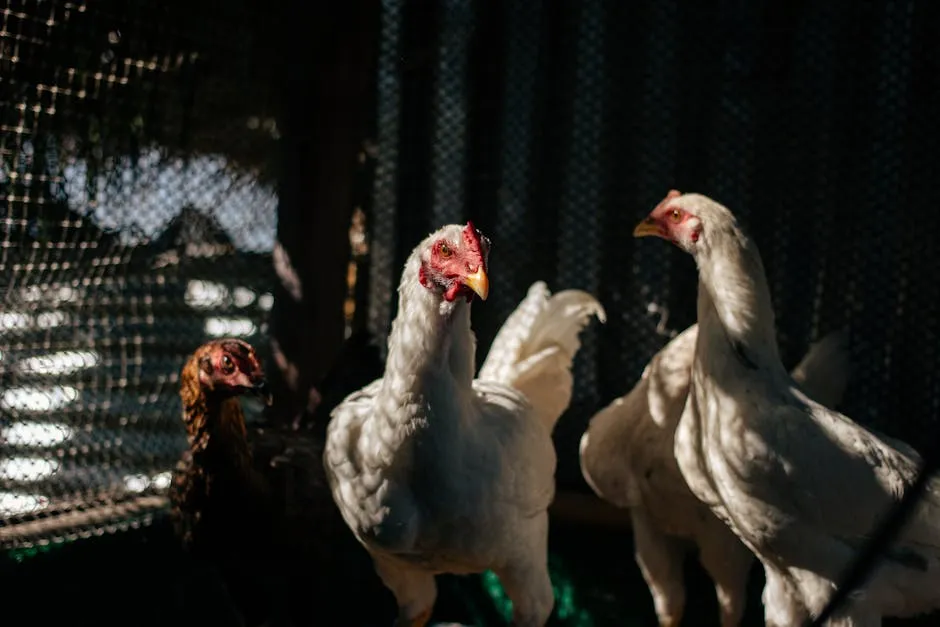
Nighttime Crows
As the sun sets and darkness falls, you might expect roosters to settle down for the night. However, nighttime crowing can be quite common. This phenomenon can leave many scratching their heads, wondering why the roosters are still vocalizing when most creatures are winding down. Nighttime crowing serves a few important purposes. One reason is to establish a final territorial claim before nightfall. Just because the day is ending doesn’t mean a rooster stops being vigilant. By crowing at dusk, he reiterates his presence, reminding others that he is still in charge. It’s almost like a final shout-out to any lurking threats: “I’m still here, and I’m watching!” Another aspect of nighttime crowing is related to social behavior. Roosters may crow in response to disturbances, such as unfamiliar sounds or movements. These crowing episodes can act as a form of alert for the flock, keeping everyone aware and on guard. It’s a way of ensuring that, even in the dark, the flock remains connected and safe. Interestingly, nighttime crowing can also be a sign of a rooster’s comfort level. If a rooster feels secure in his surroundings, he may crow as a way of expressing contentment. This behavior can be particularly noticeable in well-established flocks where the roosters and hens have a strong bond. In summary, while nighttime crowing may seem puzzling, it’s an expression of vigilance and social connection. Roosters don’t just crow to greet the dawn; they remind us all that they are the guardians of their flock, even when the sun goes down. Next time you hear a rooster crow at night, remember it’s just another part of their fascinating vocal world!Cultural Significance of Roosters
Roosters have strutted their way through history, becoming iconic figures in folklore and literature. In many cultures, they symbolize vigilance and the arrival of dawn. For example, in ancient Greek mythology, the rooster was linked to the sun god Helios, heralding the day. In Aesop’s Fables, the clever rooster often outsmarts other animals, showcasing intelligence over brawn. These tales reflect humanity’s fascination with roosters as symbols of courage and leadership. Across various cultures, the rooster has been featured in proverbs, songs, and art, reinforcing its status as a cultural icon.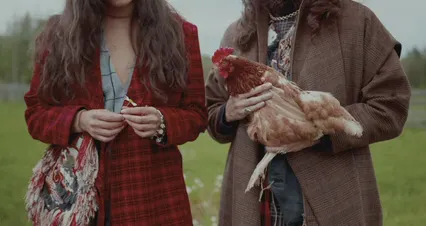
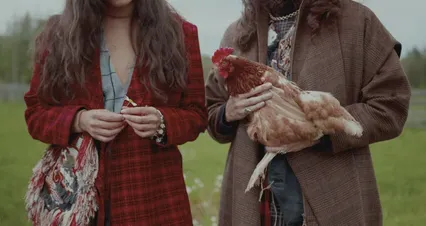
Rooster Crowing Myths Debunked
One of the most persistent myths about roosters is that they only crow at dawn. While it’s true that many of us associate their crows with the break of day, roosters are notorious for crowing throughout the day and night. They crow when they feel their territory is threatened, when they find food, or even just to chat with fellow roosters. In fact, studies show that roosters often crow in response to their internal clocks, not just sunlight. So, if you thought your rooster was an early riser, think again; he’s got plenty to say all day long! Another common misconception is that only one rooster can crow in a flock. This idea oversimplifies the complex dynamics among these birds. In reality, multiple roosters can coexist and even take turns crowing. The dominant rooster typically crows first, establishing his place in the pecking order. However, that doesn’t mean others won’t chime in. Their vocalizations help maintain social structure and communication within the flock. When multiple roosters are present, their interactions create a lively chorus, each crow carrying its own message about territory, food, or potential threats. So, whether you’re hearing a solo act or a full-blown concert, those roosters have plenty to say!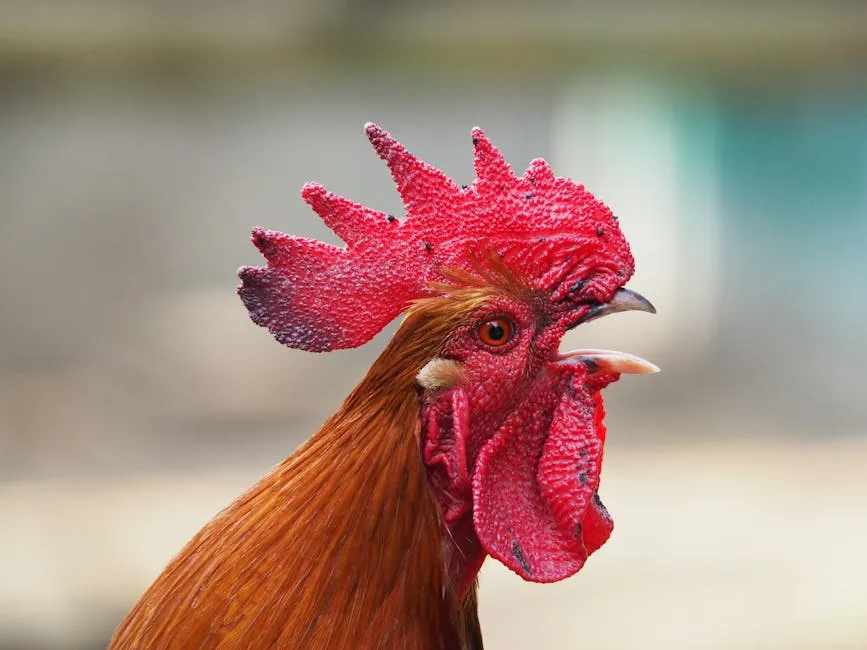
Conclusion
Understanding why roosters crow is like peeling an onion—layer upon layer of intriguing insights! Throughout this article, we’ve discovered that roosters are more than just noisy alarm clocks. They crow for various reasons: establishing territory, communicating with their flock, and asserting their dominance. Each crow carries significance, making it a vital part of farm life. For farmers and chicken enthusiasts, recognizing these behaviors can enhance your relationship with these feathered friends. By appreciating the nuances of crowing, you can create a more harmonious environment for your flock. It’s fascinating to know that roosters crow not just at dawn, but throughout the day, responding to their internal clocks and the world around them.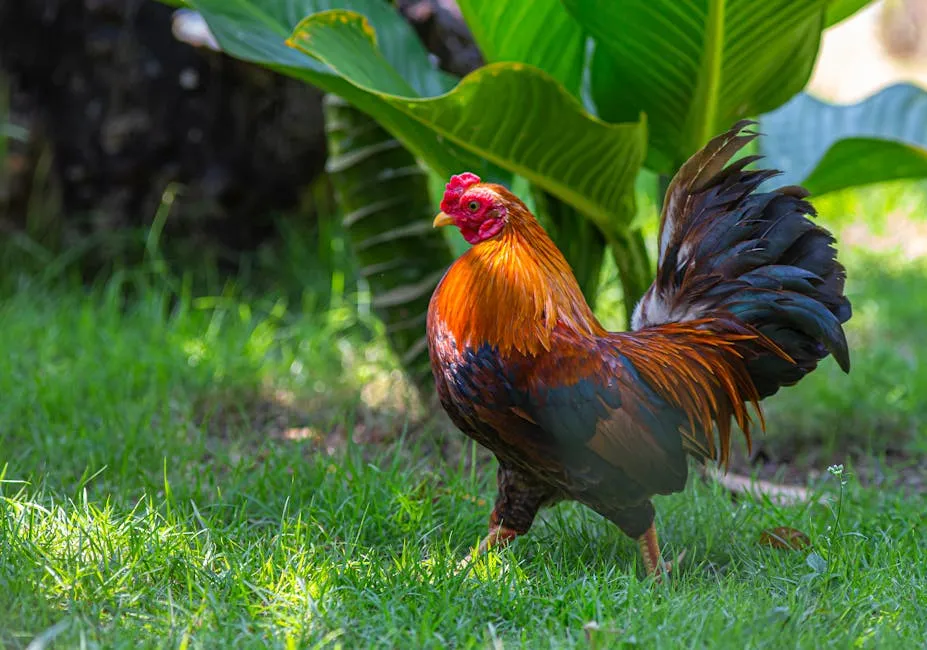
FAQs
Do roosters crow only in the morning?
No way! Roosters have a crowing repertoire that spans the day. While they are famous for their morning crows, many continue to vocalize throughout daylight hours. They crow for various reasons, including marking territory, alerting to danger, and calling hens to food. You might catch them crowing at all hours, especially if they sense something amiss or want to show off their finds.
Can I stop my rooster from crowing?
While it’s tough to silence a rooster completely, there are ways to manage their crowing. If your rooster is a nuisance, consider keeping him in a soundproof coop during early mornings. You can also reduce stimuli, such as minimizing disturbances and limiting other roosters nearby. However, remember that crowing is a natural behavior, so some vocalizations are likely to persist.
How many times does a rooster typically crow in a day?
The average rooster crows about 15 times a day, but this can vary widely. Factors like environment, presence of other roosters, and social dynamics can influence crowing frequency. Some enthusiastic crowers might belt out a hundred crows a day, especially if they feel territorial or are trying to impress their hens!
At what age do roosters start crowing?
Most roosters begin to crow between four to five months of age. This is a notable time when their vocalizations become more pronounced. Initial crows may sound amusing and awkward, resembling a voice cracking during puberty. With practice and confidence, they’ll refine their signature sounds!
Do all rooster breeds crow differently?
Yes, indeed! Different breeds can have distinct crowing styles and sounds. Some may have deep, booming crows, while others produce higher-pitched calls. Individual personality also plays a role; some roosters are more vocal than others. So, whether you have a Barred Rock or a Silkie, expect unique crowing performances in your backyard!
And speaking of enhancing your chicken-keeping experience, consider investing in a Chicken Coop Kit. It’s the perfect way to make your feathered friends feel at home and give them a cozy space to strut their stuff.
Please let us know what you think about our content by leaving a comment down below! Thank you for reading till here 🙂All images from Pexels




